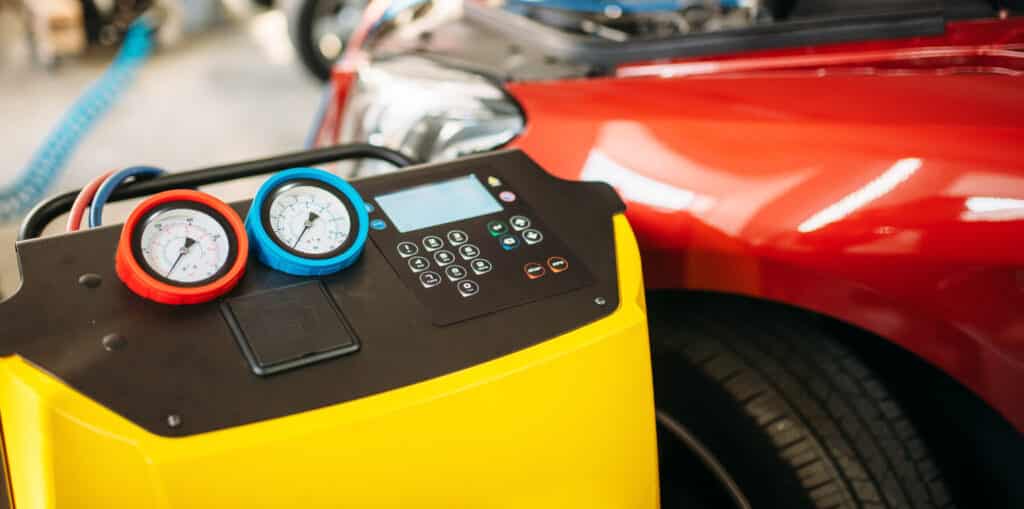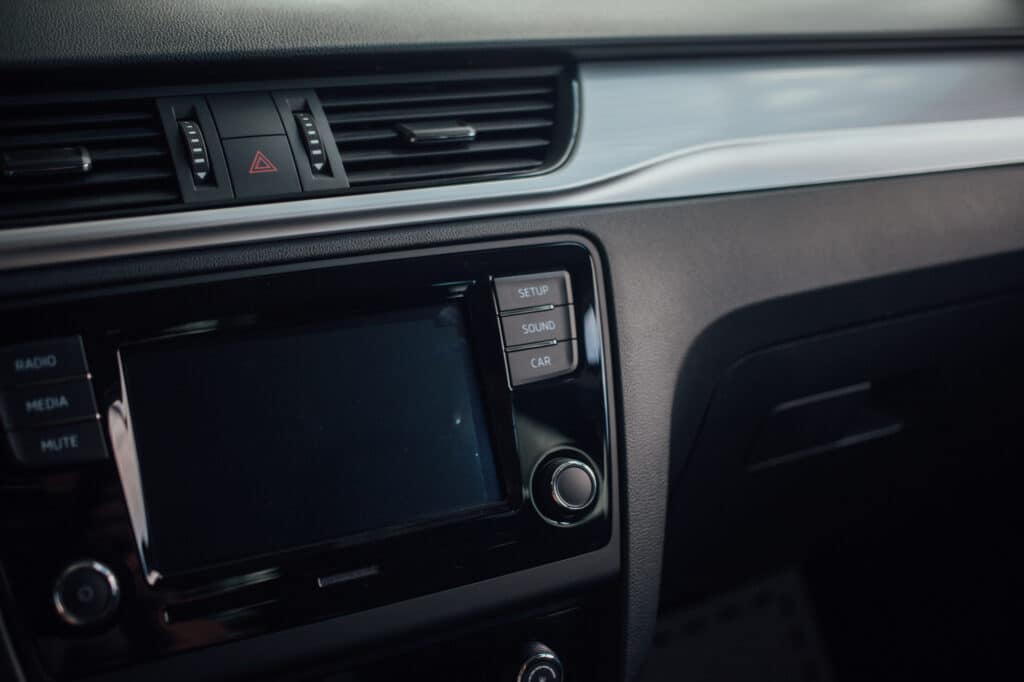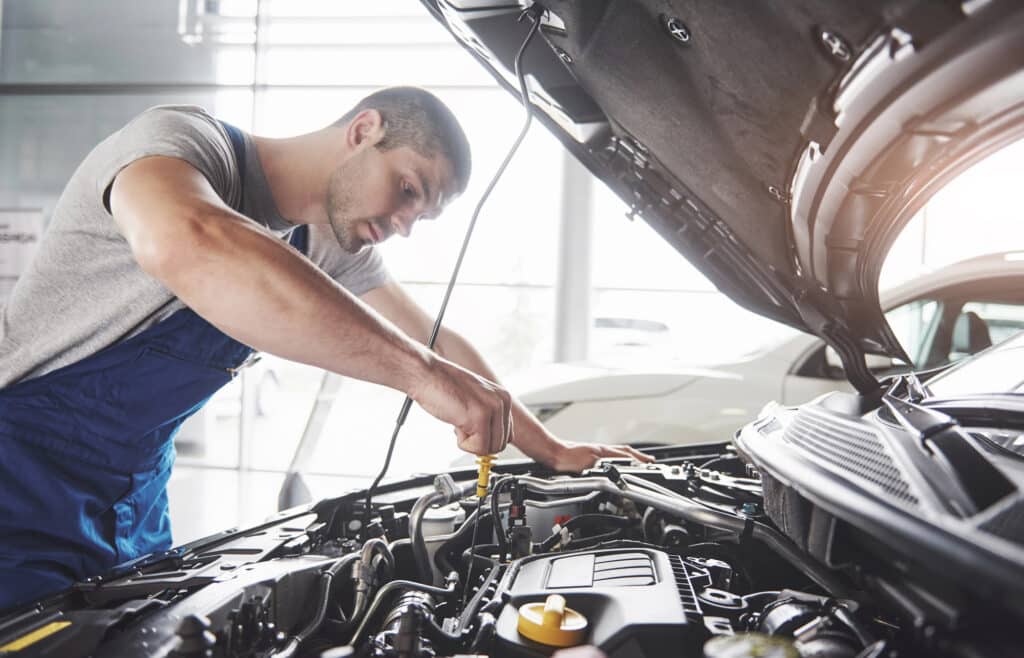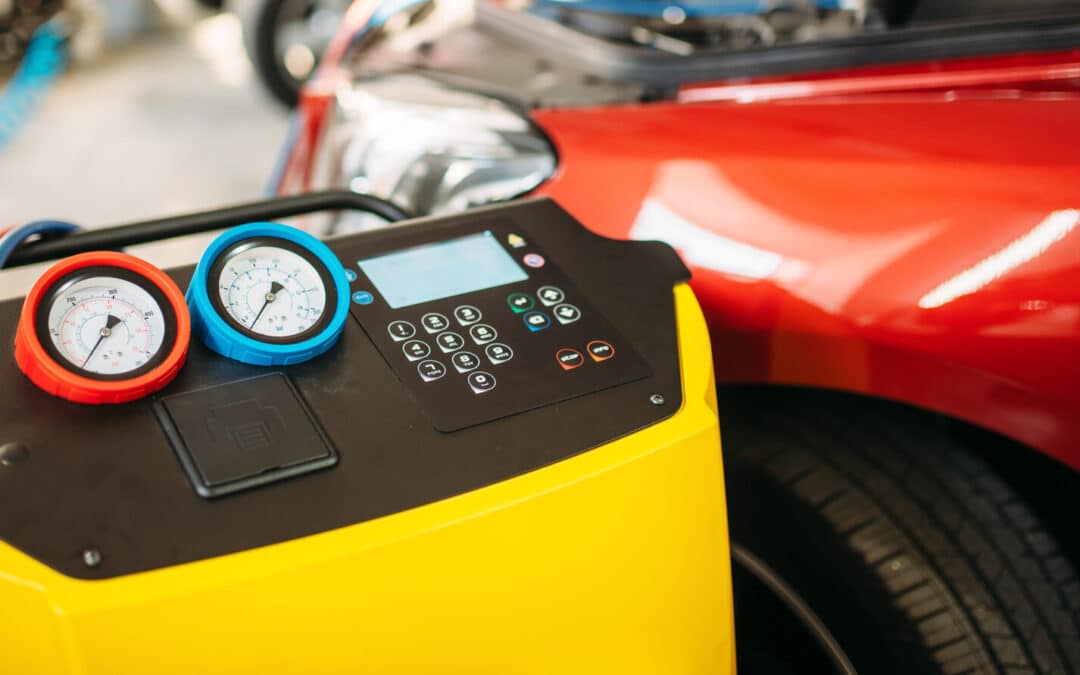Top Reasons Your Check Engine Light is On and What You Should Do
Picture this: you’re driving along smoothly, enjoying your favorite tunes, when suddenly, the ominous glow of the check engine light appears on your dashboard. Instantly, a wave of anxiety hits—what could be wrong now? This little light can be a source of stress for many drivers, hinting at potential issues ranging from minor to severe. Understanding what triggers this warning can help you take the necessary steps to ensure your vehicle’s health and safety. Let’s unravel the mystery behind the check engine light by exploring the top reasons it may be on and what actions you should take.
Loose or Faulty Gas Cap
A loose or faulty gas cap is one of the common reasons for the check engine light to illuminate. This small component plays a vital role in maintaining the pressure within the fuel system and preventing harmful fuel vapors from escaping into the atmosphere. When the gas cap is not properly sealed, it can cause the vehicle’s onboard diagnostic system to detect a leak, triggering the check engine light. This can lead to a decline in engine performance and an increase in emissions, as the system struggles to maintain optimal pressure levels. Additionally, a loose gas cap can contribute to reduced fuel efficiency because it allows vapors, which could otherwise be used as fuel, to escape.
Ignoring a loose or faulty gas cap can lead to more serious issues over time. Reduced fuel efficiency can become a costly problem, and increased emissions can have environmental impacts. To address this issue, first ensure that the gas cap is tightly secured after each refuel. If the check engine light persists, it’s advisable to inspect the cap for any visible signs of wear or damage, such as cracks or a weakened seal. In such cases, replacing the gas cap with a new one is a simple and cost-effective solution to prevent further complications. Regularly checking and maintaining the gas cap ensures the fuel system remains sealed, safeguarding both engine performance and environmental standards.

Engine Light Inspection
Faulty Oxygen Sensor
A faulty oxygen sensor is a prevalent reason for the illumination of the check engine light. This sensor plays a crucial role in monitoring the oxygen levels in the exhaust gases, providing essential feedback to the engine control unit to adjust the air-fuel mixture for optimal combustion. When the oxygen sensor malfunctions, it can lead to an improper mixture, potentially causing the engine to run too rich or too lean. This imbalance can result in reduced fuel efficiency and increased emissions, as the engine struggles to maintain peak performance. Additionally, prolonged negligence of a faulty oxygen sensor can lead to more severe issues, such as damage to the catalytic converter, which is vital for controlling emissions.
Addressing a faulty oxygen sensor promptly is essential to maintain engine performance and adhere to emissions standards. If the check engine light is triggered, it is advisable to have the vehicle’s diagnostics checked to confirm the sensor’s failure. Once diagnosed, replacing the faulty oxygen sensor is the most effective solution. This replacement should be done promptly to prevent further complications and ensure that the engine runs efficiently. Regular maintenance and monitoring of the oxygen sensor can prevent unnecessary damage and keep the vehicle operating smoothly, ensuring both optimal fuel efficiency and compliance with environmental regulations. Maintaining attention to such critical components of the vehicle helps in safeguarding not only the engine but also the environment.
Catalytic Converter Issues
Catalytic converter issues are a common reason for the check engine light to illuminate, signaling potential problems in this crucial component. The catalytic converter plays a vital role in reducing harmful emissions by converting exhaust gases, such as carbon monoxide and nitrogen oxides, into less harmful substances like carbon dioxide and water vapor. When the catalytic converter fails, it disrupts this conversion process, leading to increased emissions and potentially causing the vehicle to fail emissions tests. Additionally, a malfunctioning catalytic converter can lead to reduced engine performance, as it might create backpressure that affects the exhaust flow, causing the engine to work harder and consume more fuel.
Ignoring catalytic converter issues can have serious consequences, not only for the environment but also for the vehicle’s overall health. Increased emissions contribute to air pollution, while reduced engine performance can lead to higher fuel consumption and increased operational costs. Moreover, a failing catalytic converter can cause damage to other engine components, such as the oxygen sensors or exhaust system, resulting in costly repairs. To address these issues, it is essential to diagnose catalytic converter problems promptly. Regular maintenance checks and timely repairs or replacements are critical to ensuring the vehicle remains compliant with emissions standards and operates efficiently. Taking swift action not only preserves the vehicle’s performance but also helps in maintaining environmental standards and preventing more extensive damage.

Engine Lights and Maintenance
Mass Airflow Sensor Failure
A mass airflow sensor (MAF) failure is a frequent reason for the check engine light to illuminate. This sensor plays a critical role in measuring the volume of air entering the engine, which is essential for determining the correct air-fuel mixture for optimal combustion. When the MAF sensor malfunctions, it can send inaccurate readings to the engine control unit, disrupting the balance of air and fuel. This imbalance can lead to various issues, including poor fuel economy, as the engine may burn more fuel than necessary, and increased emissions, which can contribute to environmental pollution. In more severe cases, a faulty MAF sensor can cause the engine to stall, leading to unsafe driving conditions.
Addressing a mass airflow sensor failure promptly is crucial to maintaining engine performance and efficiency. If the check engine light is activated, the first step is to have the vehicle’s diagnostics checked to verify the sensor’s condition. Cleaning the MAF sensor might resolve the issue if it’s due to dirt or debris accumulation. However, if cleaning does not restore proper function, replacing the sensor is recommended. Regular maintenance of the MAF sensor can prevent these issues from arising, ensuring that the engine operates smoothly and efficiently. By taking proactive measures, drivers can safeguard against costly repairs and contribute to better vehicle emissions standards, ultimately enhancing overall vehicle performance and reliability.
Spark Plug or Ignition Coil Problems
Spark plug or ignition coil problems are common culprits behind the illumination of the check engine light. These components play vital roles in the engine’s combustion process; spark plugs ignite the air-fuel mixture within the cylinders, while ignition coils supply the necessary voltage for this ignition. When either component malfunctions, it can lead to misfires—where the air-fuel mixture doesn’t ignite properly. This can cause the engine to run roughly, produce less power, and result in increased fuel consumption and emissions. Neglecting these issues can further damage the engine, leading to more expensive repairs and decreased performance over time.
To address spark plug or ignition coil problems, early diagnosis is key. If the check engine light comes on and you experience symptoms such as rough idling, decreased fuel efficiency, or hesitation during acceleration, it’s crucial to have the vehicle’s diagnostics checked. This can help pinpoint whether it’s a spark plug or ignition coil issue. Timely replacement or repair of faulty spark plugs or ignition coils is essential to maintain optimal engine performance and prevent further damage. Regular maintenance, including checking and replacing spark plugs according to your vehicle’s schedule, can help avoid these problems. By taking prompt action, drivers can ensure their vehicle runs efficiently, with improved fuel economy and reduced emissions, safeguarding the engine’s longevity and reliability.

Engine Maintenance Service
Vacuum Leak
A vacuum leak is a frequent reason for the check engine light to illuminate, potentially indicating an issue in the engine’s vacuum system. These leaks occur when there is an unintended gap or crack in the vacuum hoses or other components, disrupting the delicate balance of the air-fuel mixture. This imbalance can lead to various performance issues, such as rough idling, where the engine runs unevenly and shakes more than usual, or poor fuel economy, as the engine may burn more fuel to compensate for the excess air entering the system. Additionally, vacuum leaks can increase emissions, contributing to environmental pollution and potentially causing the vehicle to fail emissions tests.
Addressing vacuum leaks promptly is crucial for maintaining engine efficiency and preventing further damage. When the check engine light is triggered, it’s important to perform a thorough diagnostic check to identify the source of the leak. This can involve inspecting vacuum hoses, gaskets, and other components for signs of wear or damage. Repairing or replacing engine faulty parts is essential to restoring the proper air-fuel balance and ensuring optimal engine performance. Regular maintenance, including routine inspections of the vacuum system, can help prevent leaks from developing and ensure the vehicle operates smoothly. By taking swift action, drivers can avoid costly repairs and enhance their vehicle’s reliability and longevity, while also contributing to better fuel economy and reduced emissions.
Conclusion
The check engine light is more than just an annoyance—it’s an important signal that something within your vehicle needs attention. By understanding the common causes such as a loose gas cap, oxygen sensor failure, or catalytic converter issues, you can take swift action to address these problems. Ignoring the check engine light can lead to increased repair costs and potential safety hazards. Prioritize your vehicle’s health by addressing these issues promptly, ensuring that your car remains reliable and safe on the road. Remember, when the check engine light comes on, it’s time to check under the hood and take the necessary steps to keep your vehicle running smoothly.
https://www.google.com/maps?cid=257524321519224003

